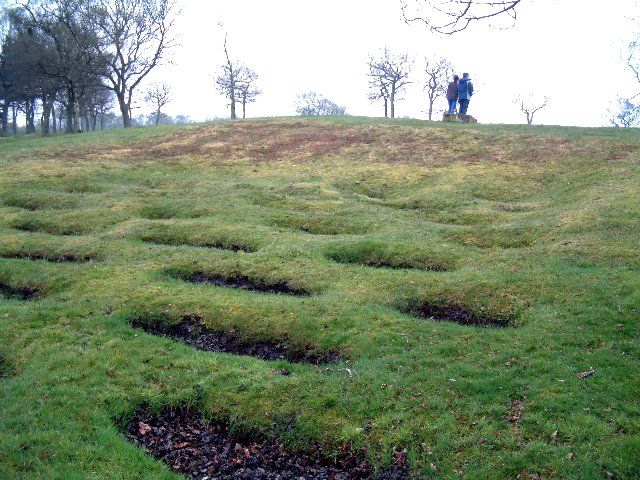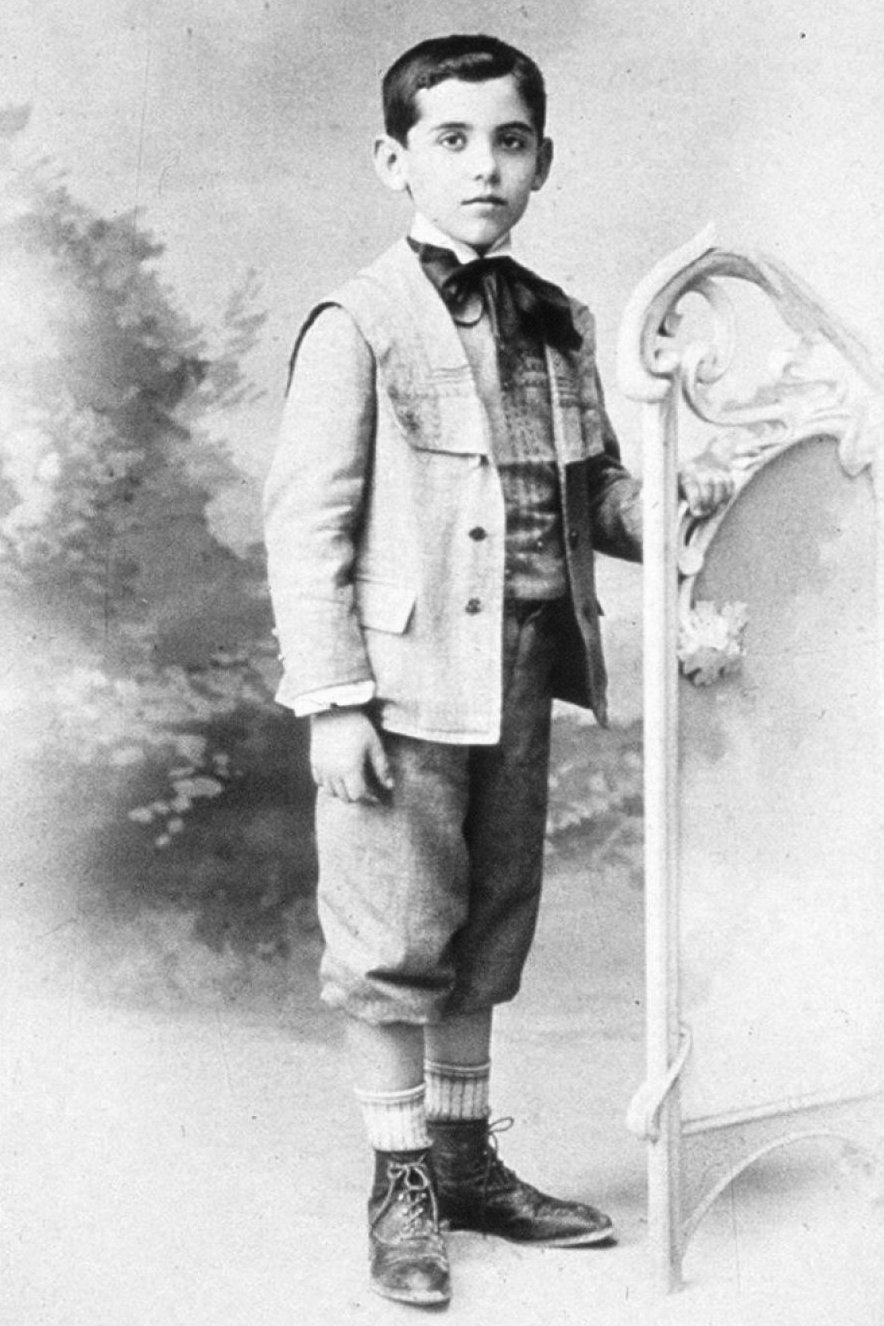|
Kuldar Sink
Kuldar Sink (14 September 1942 Tallinn – 29 January 1995 Kõrve, Võru County, Kõrve, Võru County) was an Estonian composer and flautist. While his earlier compositions were often Neoclassicism (music), neoclassical in style and influenced by Claude Debussy and Olivier Messiaen, the mature part of his career was devoted to musical modernism and avant-garde music. Some of the techniques he employed in his compositions included serialism, tone clusters, unified field, and aleatoric music. In the latter part of his career he began incorporating traditions from the folk music of Central Asia into his compositions, and he ended his career with a period focused on choral works inspired by Gregorian chant and Estonian folk music. Sink trained at the Georg Ots Tallinn Music College, Tallinn Music School where he earned diplomas in music theory (1960), flute performance (1961), and music composition (1961). At that school he was mentored by Veljo Tormis. He pursued graduate studies in m ... [...More Info...] [...Related Items...] OR: [Wikipedia] [Google] [Baidu] |
Tallinn
Tallinn () is the most populous and capital city of Estonia. Situated on a bay in north Estonia, on the shore of the Gulf of Finland of the Baltic Sea, Tallinn has a population of 437,811 (as of 2022) and administratively lies in the Harju ''maakond'' (county). Tallinn is the main financial, industrial, and cultural centre of Estonia. It is located northwest of the country's second largest city Tartu, however only south of Helsinki, Finland, also west of Saint Petersburg, Russia, north of Riga, Latvia, and east of Stockholm, Sweden. From the 13th century until the first half of the 20th century, Tallinn was known in most of the world by variants of its other historical name Reval. Tallinn received Lübeck city rights in 1248,, however the earliest evidence of human population in the area dates back nearly 5,000 years. The medieval indigenous population of what is now Tallinn and northern Estonia was one of the last " pagan" civilisations in Europe to adopt Christianit ... [...More Info...] [...Related Items...] OR: [Wikipedia] [Google] [Baidu] |
Veljo Tormis
Veljo Tormis (7 August 1930 – 21 January 2017) was an Estonian composer, regarded as one of the great contemporary choral composers and one of the most important composers of the 20th century in Estonia.Daitz, Mimi. Ancient Song Recovered: The Life and Music of Veljo Tormis. Hillsdale, NY: Pendragon Press, 2004. . :The first and only major writing on Tormis in English . Includes discussion of many of Tormis’s compositions, Estonian history, and regilaul (the Baltic-Finnic runic song upon which much of Tormis’s music is based), translations of several important articles and interviews, analysis of several representative major choral works, and copious biographical information. Also includes a glossary, annotated discography, bibliography, a complete alphabetized list of works (found nowhere else in English), and a CD with several pertinent musical examples. Internationally, his fame arises chiefly from his extensive body of choral music, which exceeds 500 individual choral so ... [...More Info...] [...Related Items...] OR: [Wikipedia] [Google] [Baidu] |
1995 Deaths
File:1995 Events Collage V2.png, From left, clockwise: O.J. Simpson is acquitted of the murders of Nicole Brown Simpson and Ronald Goldman from the year prior in "The Trial of the Century" in the United States; The Great Hanshin earthquake strikes Kobe, Japan, killing 5,000-6,000 people; The Unabomber Manifesto is published in several U.S. newspapers; Gravestones mark the victims of the Srebrenica massacre near the end of the Bosnian War; Windows 95 is launched by Microsoft for PC; The first exoplanet, 51 Pegasi b, is discovered; Space Shuttle Atlantis docks with the Space station Mir in a display of U.S.-Russian cooperation; The Alfred P. Murrah Federal Building in Oklahoma City is bombed by domestic terrorists, killing 168., 300x300px, thumb rect 0 0 200 200 O. J. Simpson murder case rect 200 0 400 200 Kobe earthquake rect 400 0 600 200 Unabomber Manifesto rect 0 200 300 400 Oklahoma City bombing rect 300 200 600 400 Srebrenica massacre rect 0 400 200 600 Space Shuttle Atlant ... [...More Info...] [...Related Items...] OR: [Wikipedia] [Google] [Baidu] |
1942 Births
Year 194 ( CXCIV) was a common year starting on Tuesday (link will display the full calendar) of the Julian calendar. At the time, it was known as the Year of the Consulship of Septimius and Septimius (or, less frequently, year 947 ''Ab urbe condita''). The denomination 194 for this year has been used since the early medieval period, when the Anno Domini calendar era became the prevalent method in Europe for naming years. Events By place Roman Empire * Emperor Septimius Severus and Decimus Clodius Septimius Albinus Caesar become Roman Consuls. * Battle of Issus: Septimius Severus marches with his army (12 legions) to Cilicia, and defeats Pescennius Niger, Roman governor of Syria. Pescennius retreats to Antioch, and is executed by Severus' troops. * Septimius Severus besieges Byzantium (194–196); the city walls suffer extensive damage. Asia * Battle of Yan Province: Warlords Cao Cao and Lü Bu fight for control over Yan Province; the battle lasts for over 100 ... [...More Info...] [...Related Items...] OR: [Wikipedia] [Google] [Baidu] |
Grove Music Online
''The New Grove Dictionary of Music and Musicians'' is an encyclopedic dictionary of music and musicians. Along with the German-language ''Die Musik in Geschichte und Gegenwart'', it is one of the largest reference works on the history and theory of music. Earlier editions were published under the titles ''A Dictionary of Music and Musicians'', and ''Grove's Dictionary of Music and Musicians''; the work has gone through several editions since the 19th century and is widely used. In recent years it has been made available as an electronic resource called ''Grove Music Online'', which is now an important part of ''Oxford Music Online''. ''A Dictionary of Music and Musicians'' ''A Dictionary of Music and Musicians'' was first published in London by Macmillan and Co. in four volumes (1879, 1880, 1883, 1889) edited by George Grove with an Appendix edited by J. A. Fuller Maitland in the fourth volume. An Index edited by Mrs. E. Wodehouse was issued as a separate volume in 1890. In ... [...More Info...] [...Related Items...] OR: [Wikipedia] [Google] [Baidu] |
Tunne Kelam
Tunne-Väldo Kelam (born 10 July 1936) is an Estonian politician and former Member of the European Parliament (MEP) from Estonia. He is a member of the Pro Patria and Res Publica Union, part of the European People's Party. Early life and education After graduating from Tallinn 2. Secondary School in 1954 he studied history in the University of Tartu (1954–1959). He was a senior researcher in the State Central Archives in Tartu (1959–1965) and a senior scientific editor of the Estonian Soviet Encyclopaedia in Tallinn (1965–1975). From 1959 till 1970, as a member of the "Science" society, Kelam was also part-time lecturer and columnist on international relations. Resistance to the Soviet occupation In 1972 he prepared a memorandum to the UN on behalf of two underground citizens' groups, which asked for the UN assistance to evacuate the Soviet occupation forces and organize free elections. Smuggled out of the country, the memorandum caused lively interest in the West but re ... [...More Info...] [...Related Items...] OR: [Wikipedia] [Google] [Baidu] |
Maarja Kruusmaa
Maarja Kruusmaa (maiden name Maarja Sink; born 4 January 1970) is an Estonian computer scientist, professor at Tallinn University of Technology, vice-rector for research and head of the biorobotics center at that university. Her main research area is bio-inspired underwater robotics to imitate the movements of fish and turtles. Life and work Kruusmaa graduated from Tallinn Polytechnic in 1989 (majoring in electronic computing machines and devices) and in 1994 from Tallinn University of Technology, majoring in computers and computer networks. From 1995 to 2002, she was a doctoral student at Chalmers University of Technology in Sweden, where she defended her doctoral thesis in 2002 on "Repeated Path Planning for Mobile Robots in Dynamic Environments." Kruusmaa worked as a senior information technology researcher at Tartu University Institute of Technology in 2004–2009 and was the co-founder and development director of Fits.me from 2009 to 2016. She has been working at Tallinn ... [...More Info...] [...Related Items...] OR: [Wikipedia] [Google] [Baidu] |
Lilia Sink
Lilia (Latin plural, meaning "lilies" in English; singular, ''lilium'') are pit traps arranged in a quincunx pattern dug by the Roman armies in front of their defences. Frequently they had sharpened stakes set inside them as an extra obstacle to attackers. Lilia have been found in front of both Hadrian's Wall in England and the Antonine Wall The Antonine Wall, known to the Romans as ''Vallum Antonini'', was a turf fortification on stone foundations, built by the Romans across what is now the Central Belt of Scotland, between the Firth of Clyde and the Firth of Forth. Built some twe ... in Scotland. External links Images of lilies at the Antonine Wall Fortification (obstacles) {{Fort-stub ... [...More Info...] [...Related Items...] OR: [Wikipedia] [Google] [Baidu] |
Federico García Lorca
Federico del Sagrado Corazón de Jesús García Lorca (5 June 1898 – 19 August 1936), known as Federico García Lorca ( ), was a Spanish poet, playwright, and theatre director. García Lorca achieved international recognition as an emblematic member of the Generation of '27, a group consisting mostly of poets who introduced the tenets of European movements (such as symbolism, futurism, and surrealism) into Spanish literature. He initially rose to fame with '' Romancero gitano'' (''Gypsy Ballads'', 1928), a book of poems depicting life in his native Andalusia. His poetry incorporated traditional Andalusian motifs and avant-garde styles. After a sojourn in New York City from 1929 to 1930—documented posthumously in ''Poeta en Nueva York'' (''Poet in New York'', 1942)—-he returned to Spain and wrote his best-known plays, ''Blood Wedding'' (1932), ''Yerma'' (1934), and ''The House of Bernarda Alba'' (1936). García Lorca was gay and suffered from depression after the end ... [...More Info...] [...Related Items...] OR: [Wikipedia] [Google] [Baidu] |
Song Cycle
A song cycle (german: Liederkreis or Liederzyklus) is a group, or cycle (music), cycle, of individually complete Art song, songs designed to be performed in a sequence as a unit.Susan Youens, ''Grove online'' The songs are either for solo voice or an ensemble, or rarely a combination of solo songs mingled with choral pieces. The number of songs in a song cycle may be as brief as two songs or as long as 30 or more songs. The term "song cycle" did not enter lexicography until 1865, in Arrey von Dommer's edition of ''Koch’s Musikalisches Lexikon'', but works definable in retrospect as song cycles existed long before then. One of the earliest examples may be the set of seven Cantiga de amigo, Cantigas de amigo by the 13th-century Galicians, Galician jongleur Martin Codax. Jeffrey Mark identified the group of dialect songs 'Hodge und Malkyn' from Thomas Ravenscroft's ''The Briefe Discourse'' (1614) as the first of a number of early 17th Century examples in England. A song cycle is ... [...More Info...] [...Related Items...] OR: [Wikipedia] [Google] [Baidu] |
Leningrad Conservatory
The N. A. Rimsky-Korsakov Saint Petersburg State Conservatory (russian: Санкт-Петербургская государственная консерватория имени Н. А. Римского-Корсакова) (formerly known as the Petrograd Conservatory and Leningrad Conservatory) is a school of music in Saint Petersburg, Russia. In 2004, the conservatory had around 275 faculty members and 1,400 students. History The conservatory was founded in 1862 by the Russian Music Society and Anton Rubinstein, a Russian pianist and composer. On his resignation in 1867, he was succeeded by Nikolai Zaremba. Nikolai Rimsky-Korsakov was appointed as a professor in 1871, and the conservatory has borne his name since 1944. In 1887, Rubinstein returned to the conservatory with the goal of improving overall standards. He revised the curriculum, expelled inferior students, fired and demoted many professors, and made entrance and examination requirements more stringent. In 1891, he r ... [...More Info...] [...Related Items...] OR: [Wikipedia] [Google] [Baidu] |






